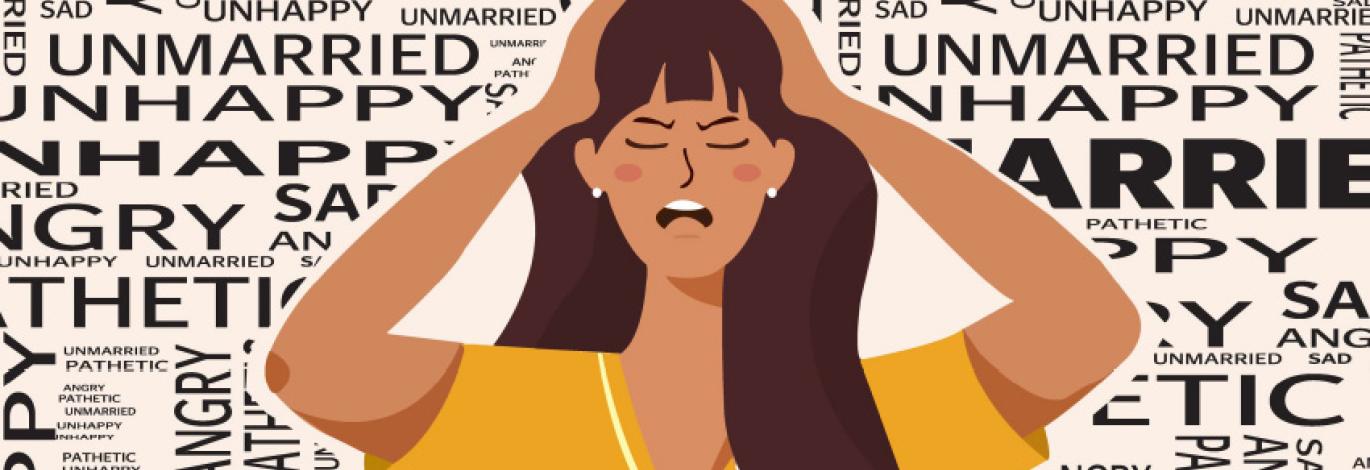
In a country like Pakistan, where marriage for women is typically the major milestone, women are often seen to have a much-extended association with the home. The nature of this extended exposure is marked by a round-the-clock involvement in household chores. The only respite from which, for most housewives, lies in the melodramatic world of television serials.
Indeed, the popularity of television serials among women can be assessed purely by looking at the large number of shows which feature women as their leads. Over the years, and across different entertainment channels, a common feature to have emerged is the caricatured depiction of the female protagonist. Elegantly dressed in traditional attire, with perfectly blow-dried hair, blushed pink cheeks, & an insistently furrowed brow, the Pakistani female protagonist is the epitome of demureness and distress; a pretty face in never ending pain. She is a passive victim of her circumstances, who by consistently remaining silent becomes the quintessential damsel in distress.
Whether she is being forcefully yoked in marriage or is stuck in an abusive relationship, this female protagonist will silently endure with a tight-lipped smile and a tint of moisture around the eyes.
This female protagonist’s overpowering silence signals the presence of her highly palpable, yet largely unacknowledged unhappiness. Whether she is being forcefully yoked in marriage or is stuck in an abusive relationship, this female protagonist will silently endure with a tight-lipped smile and a tint of moisture around the eyes. Clearly, this is a very problematic depiction. One unhappy female protagonist might not mean much, but to imagine this caricature being repeatedly fed into the subconscious of viewers is indeed cause for concern. According to art historian W.J.T Mitchell “the images that we are exposed to everyday are not inert objects but instead impact our mindset in such a way that we in viewing them mindlessly become substantially transformed”. Therefore, constantly exposing the masses to unhappy depictions of female protagonists means making “unhappy” women the norm. And when this unhappy representation becomes the norm, it becomes easy to disregard it. Such an outright dismissal of women’s discontentment informs ideas which infantilize women’s further emotions, experiences, and aspirations. If her unhappiness can be taken as her resolve, then her traumas can be taken as her paranoia and her dreams as mere fantasy.
Mahnoor Tahir is a Politics and Economics senior with a minor in Anthropology & Sociology. She is interested in studying the intersection of gender, class and religion from a feminist lens, within the Middle Eastern and South Asian contexts.
